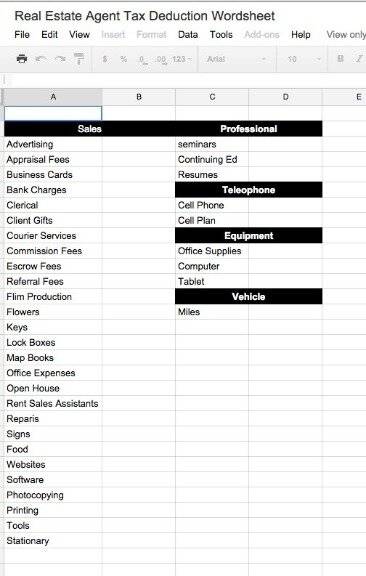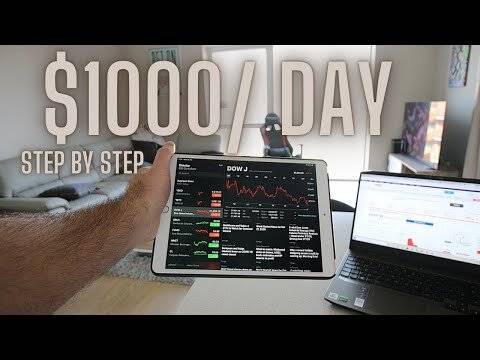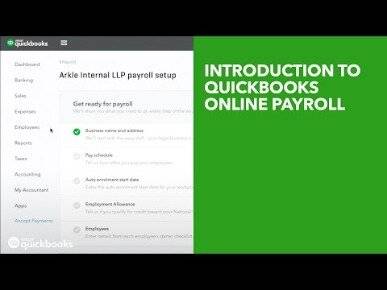Content

In this example, you can see that the simple payback period would have been 2.5 years. However, when you apply the discounted cash flow model, the capital cost is still not paid back after 3 years. Seasonality is a measure of how the period of the year is affecting your company’s financial numbers and outcomes. If you’re in an industry that’s affected by high and low seasons, this measure will help you sort out confounding variables and see the numbers for what they truly are. To help you become more comfortable understanding and speaking about financial topics, here’s a list of the top financial metrics managers need to understand. Performance Indicators The higher your net profit margin, the better off you are.

It also enables the comparison of different sourcing options as well as make-or-buy decision-making. Total cost of ownership is a methodology that considers all costs, direct and indirect, that are incurred during the entire procurement lifecycle. They aim to highlight to what extent procurement strategy is contributing to business success or where it is falling short. Benefits of AssessTEAM cloud-based employee evaluation form for your finance team. Finance – Evaluate and process intracompany transfers to ensure adequate operating funds. Create reports appropriate to clients’ needs – Ensure financial planning reports are complete, accurate, contain information relevant to clients, and are according to Team standards.
What is the Difference Between An Operational KPI and a Financial KPI?
This financial KPI is calculated by dividing your net income by the total assets which include both, debt and equity. The increasing ROA is a good indication since it states that either the company is earning more money with the same account of assets or it generates equal profits with fewer assets required. Analyze financial health by reading available assets that meet short-term financial liabilities. Working capital, calculated by subtracting current liabilities from current assets, includes assets such as on-hand cash, short-term investments, and accounts receivable. OCF shows the total amount of money generated by a company’s daily business operations.

This The Complete List Of Financial Kpis metric shows how many team members are engaged in payroll processing compared to the total number of employees. The Payroll Headcount Ratio indicates the number of employees in an organization that is supported per one dedicated full- time employee. This financial KPI measures the amount of money owed to a business by its debtors. Current Ratio reflects on an organization’s ability to pay all the financial obligations in one year. This financial KPI takes into account a company’s current assets such as account receivables, and current liabilities, such as account payables. Operating cash flow is calculated by adjusting net income for things like depreciation, changes in inventory and changes to accounts receivable.
KPI #19. Budget Creation Cycle Time
The higher the A/R ratio, the more efficient one is at turning over its A/R balance. Instead of relying on feelings or emotions, KPIs are statistically supported and can not discriminate across employees. When used appropriately, KPIs may help encourage employees as salespeople may realize their numbers are being closely monitored. Begin by showing the highest level of data (i.e. company-wide revenue), but be prepared to show lower levels of data (i.e. revenue by department, then revenue by department and product).
Revenue concentration helps you identify how much revenue each client or project produces for your business as a percentage of your total revenue. Using this financial KPI, you can determine the ROI for each client. Our Software For Strategic Planning Drive strategy execution across your organization. For Strategy Reporting Optimize your reporting process to save time. For Project Management Manage the right projects, with the right level of detail.
KPI #11. Accounts Payable Processing Cost
Although I recommend focus, there are some financial metrics that every CEO should know. These metrics allow you to combine data from your financial statements to gain deeper insight into your company’s financial health. Some variation of them will likely land on your list of financial KPIs. Tracking G&A spend is something every company should do, but this becomes even more important during restructuring efforts. I experienced this first-hand as part of a restructuring effort at a company I worked at. Liquidity metrics are another great example of finance manager KPIs.
Is part of long term success and an important part of any managing strategy to drive organizational performance. The debt ratio, expressed as a percentage, is the ratio total debt to total assets. A debt ratio greater than 100% tells you that a company has more debt than assets, while a debt ratio less than 100% indicates that a company has more assets than debt. A lower ICR represents the company’s inability to pay interest on loans and debts. For the most part, the company’s capital strength becomes questionable if the ICR drops below 1.5. As of today, several businesses have switched to email invoices or e-billing to decrease invoice processing charges.
You can also assess if your entity can mitigate the direct production costs with the sales generated in the initial phases. The quick ratio, also known as an acid test ratio, is another type of liquidity ratio that measures a business’s ability to handle short-term obligations. The quick ratio uses only highly liquid current assets, such as cash, marketable securities, and accounts receivables, in its numerator. The assumption is that certain current assets, like inventory, are not necessarily easy to turn into cash.
How 4 Wine Businesses Delivered on Their Equity Goals – SevenFifty Daily
How 4 Wine Businesses Delivered on Their Equity Goals.
Posted: Mon, 06 Mar 2023 15:50:36 GMT [source]
Key performance indicators measure a company’s success versus a set of targets, objectives, or industry peers. The best use of your time, energy, and resources are often the clients, customers, and projects that drive the most revenue for your business. That’s why revenue concentration is another must-track financial KPI for your business. Datarails is an enhanced data management tool that can help your team create and monitor cash flow against budgets faster and more accurately than ever before. The financial planning and analysis process creates goals and translates them into actionable financial plans.
Current accounts receivable is a KPI that measures the amount of money that debtors owe to your business. A business venture uses this financial metric to judge its capability to increase sales using the investment in fixed assets. Entities who tend to make considerable investments in fixed assets like heavy equipment and machinery to enhance sales can gain pragmatic insights using this metric about their investment.
- A business venture uses this financial metric to judge its capability to increase sales using the investment in fixed assets.
- How you calculate this will vary depending on the type of business.
- Procurement KPIs can track all relevant aspects of purchasing or acquiring goods and services.
- Many formulas exist for measuring churn as it can be measured on a net or gross basis and in terms of customers lost and dollars lost.
- There are many other financial metrics, of course, that we use for different purposes.

